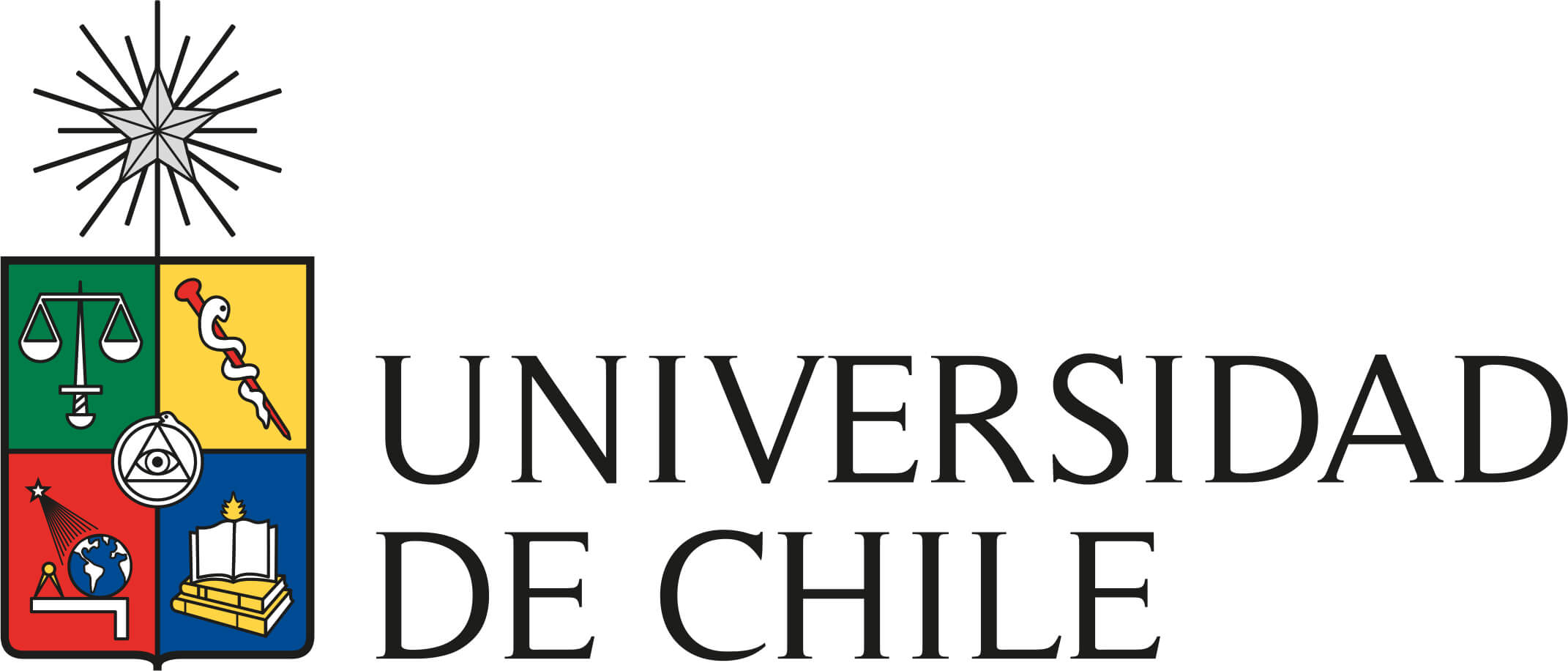Una pasantía como investigador de postdoctorado se encuentra realizando el doctor en Física del Instituto Indio de Meteorología Tropical (Indian Institute of Tropical Meteorology), Dipjyoti Mudiar, en el Departamento de Geofísica (DGF) de la Universidad de Chile.
Dipjyoti Mudiar se encuentra estudiando la relación entre ríos atmosféricos y eventos climáticos extremos con los académicos del DGF de la Universidad de Chile, Roberto Rondanelli; del Instituto de Ciencias de la Ingeniería (ICI) de la Universidad de O'Higgins, Raúl Valenzuela; y del Departamento de Física de la Universidad de Santiago de Chile, Raúl Cordero, en el marco del proyecto Anillo (ACT210046) “Compound and Cascading Climate Extremes in Chile”.
“Estoy tratando de entender la física detrás del creciente número de eventos extremos de lluvia. Si logramos comprender esto, podremos aplicar lo aprendido a procesos en diferentes partes del mundo, como Chile, Europa, Estados Unidos o incluso India”, dijo Dipjyoti Mudiar.
El postdoctorante, quien dedicó sus estudios de doctorado a investigar sobre electricidad atmosférica, rayos y microfísica de nubes (Effects of Electric Forces on Rain Formation Processes in Tropical Clouds), confirmó que permanecerá en Chile por un año, aunque este periodo podría extenderse dependiendo de la evolución del proyecto en el que está participando. “El tema de esta investigación involucra procesos atmosféricos a gran escala. Es desafiante, pero también emocionante y una oportunidad para ampliar mis conocimientos y habilidades”, aseguró.
Interview with Dipjyoti Mudiar, postdoctoral researcher at the Department of Geophysics of the Universidad de Chile
-Why did you choose Chile to research?
I completed my PhD in India where I conducted research on Atmospheric Electricity and Lightning and cloud microphysics. After completing my PhD, I wanted to broaden my work beyond microphysics and atmospheric electrical processes (properties). Given that Atmospheric Sciences are quite broad, I now aim to understand other related processes.
- Can you tell us about the work you used to do before you came to Chile?
I used to work in tropical meteorology, where I investigated the formation of raindrops and measured their size and electric potential below thunderstorms. We observed that the size of raindrops and the atmospheric electric potential below thunderstorms remained associated. We developed a physical model to explain this association, suggesting that electrically-induced coalescence can make bigger raindrops, and the intensity of rain is known to depend on the size of the raindrops. So we concluded that electrically-induced microphysical processes may enhance the rain intensity and modify the size of raindrops beneath thunderstorms. We also investigated the association between lightning and rainfall in the Earth’s atmosphere.
So we investigated the physical association between two parameters: raindrop size and lightning. We observed that lightning can deposit ions inside clouds and make raindrops electrified. We also observed that electrically charged raindrops or cloud drops can easily coalesce to make raindrops bigger. As I said, larger raindrops may act to produce heavy rainfall. In our study, we concluded that lightning can act to increase the size of raindrops by making them electrified in thunderstorms. This is the work that I completed during my PhD in India.
- You won a Best Paper Award for your work on 'Quantification of observed electrical effects on the raindrop size distribution in Tropical Clouds'. Can you tell us something about it?
We know that raindrops form in the atmosphere following certain physical mechanisms. For the first time, we observed that electrical forces in the Earth’s atmosphere may also impact the shape and size of raindrops and we reported this finding in this paper which got published in the Journal of Geophysical Research, Atmosphere. The paper that won me the award is part of my PhD thesis.
- How long will you be staying in Santiago?
This position is for one year initially, and may be extended possibly for two or three years depending on the evolution of the project. I'm working at the University of Chile with Roberto Rondanelli, and also with Roberto Valenzuela at the Universidad de O'Higgins, and Professor Raúl Cordero at the Universidad de Santiago. The name of the project is “Compound and Cascading Climate Extremes in Chile”, which explores how atmospheric rivers impact cascading and compound events above Chile.
- Doesn't this new topic present a significant challenge for you, since it's quite different from what you studied before?
Yes, it does, because now I'll be working with Atmospheric Rivers, which are about 2000 kilometers long horizontally. It's a topic that involves large-scale atmospheric processes, but I have a background in Atmospheric processes. It's challenging, but also exciting and an opportunity to broaden my knowledge and skills.
- Do you have any expectations or goals for this research?
We know that the Earth’s atmosphere is warming up, resulting in extreme weather events. I'm trying to understand the physics behind the observed increasing number of extreme rainfall events. If we can understand this, we can apply what we learn to different parts of the world, like Chile, Europe, the United States, or even India. So, we will try to understand the relationship between atmospheric rivers and extreme weather (primarily extreme rainfall) in this research.
- Can you tell us about your experience in Santiago de Chile?
The people here are very helpful and nice. Although I do not understand Spanish very well, they have helped me when I have tried to buy something or go to some places. I am also feeling very comfortable with the weather here because it is still warm here and I come from the tropics where summer is very hot. I also like the food here.
- Finally, why did you decide to study atmospheric sciences?
I come from a physics background. I did my master's degree in physics and before my PhD, I wanted to study astronomy. But getting a good PhD position in astronomy in India is quite competitive. So I was looking for an alternative field where I can do research and apply my physics knowledge. I realized that we interact with our atmosphere every day. We see rain, we experience cold and heat, we see lightning and thunderstorms. In the place where I come from, in the northeast region of India, thunderstorms are quite frequent. We see strong thunderstorms, and associated heavy rainfall in that part of India.
These weather events are known for their socio-economic impacts. For example, lightning can kill people, and it also has an economic impact. So I wish to study these weather events. Then, I began to look for an institution to work in and I found the "Indian Institute of Tropical Meteorology", where I started my work on understanding thunderstorms: how they form, how they evolve, and what consequences they may have. Then I discovered that the electrical activity we see in thunderstorms may also impact the associated rainfall. As I told you, in my thesis, we observed that atmospheric electricity may have a significant impact on the rain formation processes in tropical clouds. That is how I began to work in atmospheric science.


